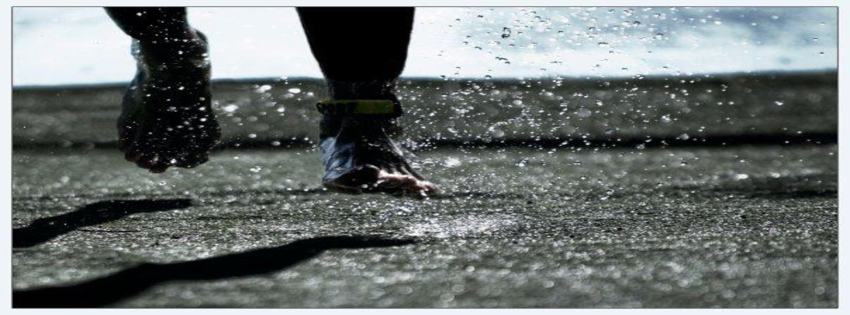
My Biography, Barefoot and Semi Barefoot Running, Biomechanics, Biochemistry, Anatomy, Physiology, Kinesiology, Fueling and Hydration, Rest and Recovery, Sole Health, Core Fitness, Adventure Running, Run Touring, Equipment, Logistics of Mega Runs. Mind and Meditation, Understanding Your Own Unique Personality, Funding Sources and Methods for a Lifestyle of Wide Open Freedom,
Saturday, February 2, 2008
Sedentary Lifestyles Associated With Accelerated Aging Process
ScienceDaily (Jan. 29, 2008) — Individuals who are physically active during their leisure time appear to be biologically younger than those with sedentary lifestyles, according to a report in the January 28 issue of Archives of Internal Medicine, one of the JAMA/Archives journals.
--------------------------------------------------------------------------------
See also:
Regular exercisers have lower rates of cardiovascular disease, type 2 diabetes, cancer, high blood pressure, obesity and osteoporosis, according to background information in the article. "A sedentary lifestyle increases the propensity to aging-related disease and premature death," the authors write. "Inactivity may diminish life expectancy not only by predisposing to aging-related diseases but also because it may influence the aging process itself."
Lynn F. Cherkas, Ph.D., of King's College London, and colleagues studied 2,401 white twins, administering questionnaires on physical activity level, smoking habits and socioeconomic status. The participants also provided a blood sample from which DNA was extracted. The researchers examined the length of telomeres--repeated sequences at the end of chromosomes--in the twins' white blood cells (leukocytes). Leukocyte telomeres progressively shorten over time and may serve as a marker of biological age.
Telomere length decreased with age, with an average loss of 21 nucleotides (structural units) per year. Men and women who were less physically active in their leisure time had shorter leukocyte telomeres than those who were more active. "Such a relationship between leukocyte telomere length and physical activity level remained significant after adjustment for body mass index, smoking, socioeconomic status and physical activity at work," the authors write. "The mean difference in leukocyte telomere length between the most active [who performed an average of 199 minutes of physical activity per week] and least active [16 minutes of physical activity per week] subjects was 200 nucleotides, which means that the most active subjects had telomeres the same length as sedentary individuals up to 10 years younger, on average." A sub-analysis comparing pairs in which twins had different levels of physical activity showed similar results.
Oxidative stress--damage caused to cells by exposure to oxygen--and inflammation are likely mechanisms by which sedentary lifestyles shorten telomeres, the authors suggest. In addition, perceived stress levels have been linked to telomere length. Physical activity may reduce psychological stress, thus mitigating its effect on telomeres and the aging process.
"The U.S. guidelines recommend that 30 minutes of moderate-intensity physical activity at least five days a week can have significant health benefits," the authors write. "Our results underscore the vital importance of these guidelines. They show that adults who partake in regular physical activity are biologically younger than sedentary individuals. This conclusion provides a powerful message that could be used by clinicians to promote the potential anti-aging effect of regular exercise."
Journal reference: Arch Intern Med. 2008;168[2]:154-158.
This study was supported in part by a grant from the Welcome Trust, grants from the National Institutes of Health and a grant from The Healthcare Foundation of New Jersey.
Editorial: More Research Needed to Verify Exercise-Aging Link
Additional work needs to be done to show a direct relationship between aging and physical activity, writes Jack M. Guralnik, M.D., Ph.D., of the National Institute on Aging, Bethesda, Md., in an accompanying editorial.
"Persons who exercise are different from sedentary persons in many ways, and although certain variables were adjusted for in this analysis, many additional factors could be responsible for the biological differences between active and sedentary persons, a situation referred to by epidemiologists as residual confounding," Dr. Guralnik writes. "Nevertheless, this article serves as one of many pieces of evidence that telomere length might be targeted in studying aging outcomes."
Editorial reference: Arch Intern Med. 2008;168[2]:131-132.
This work was supported by the Intramural Research Program, National Institute on Aging, National Institutes of Health.
Subscribe to:
Post Comments (Atom)
No comments:
Post a Comment